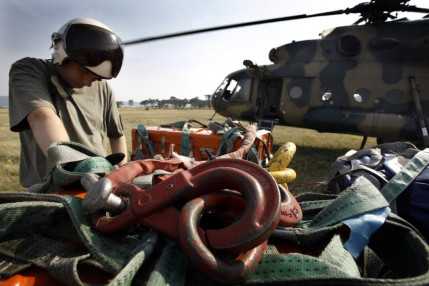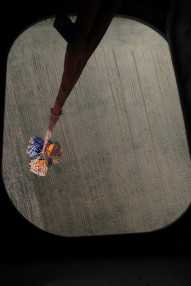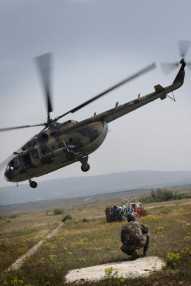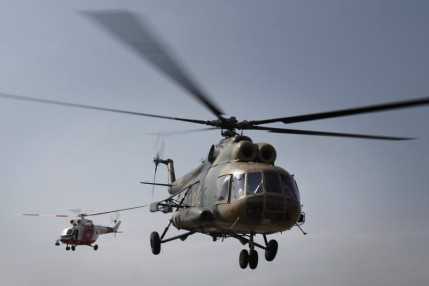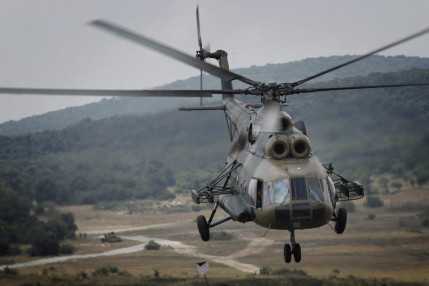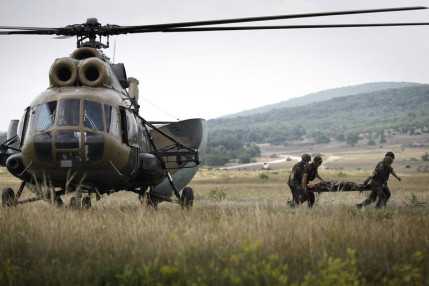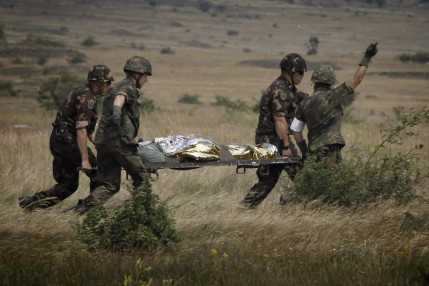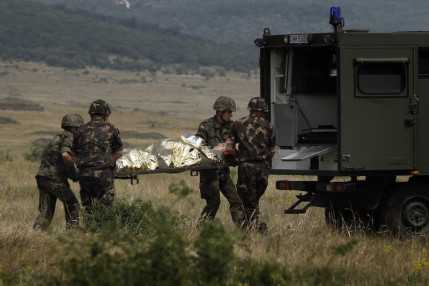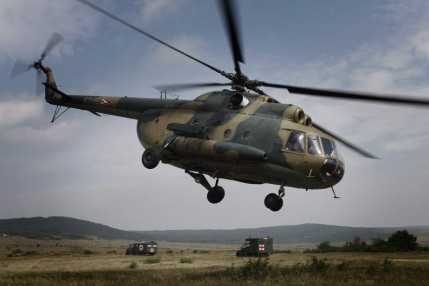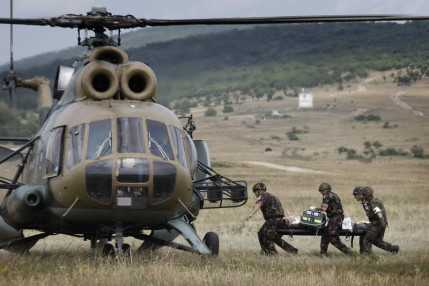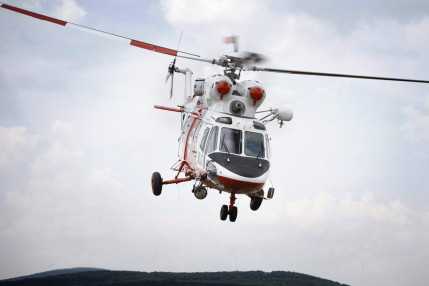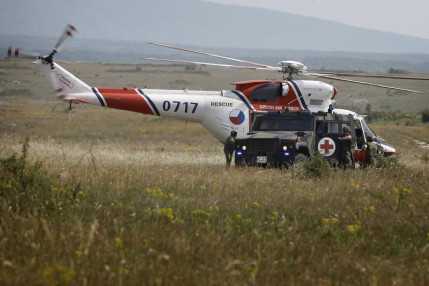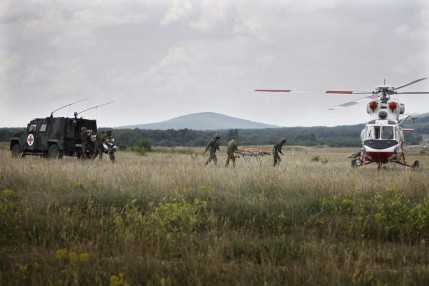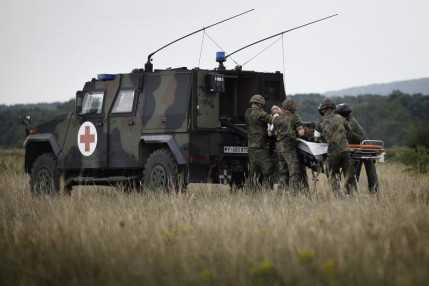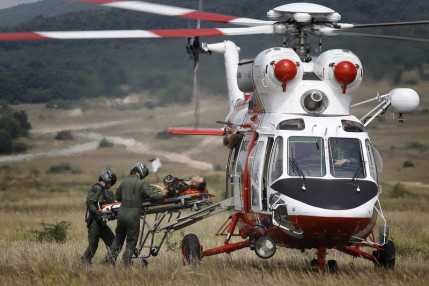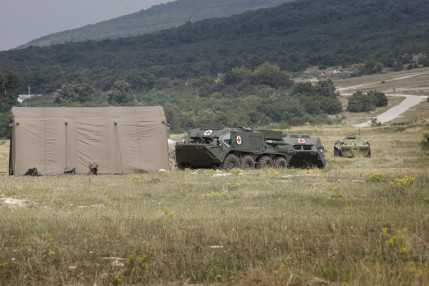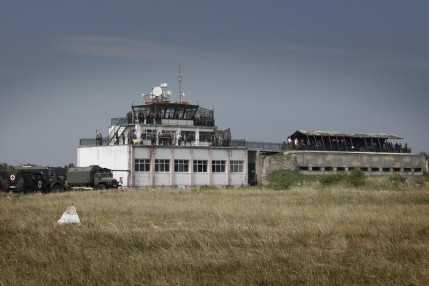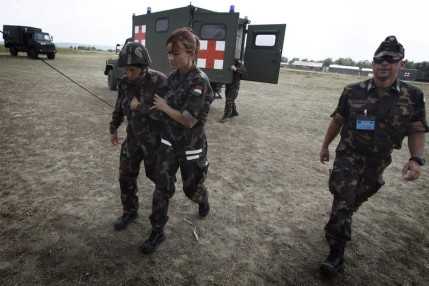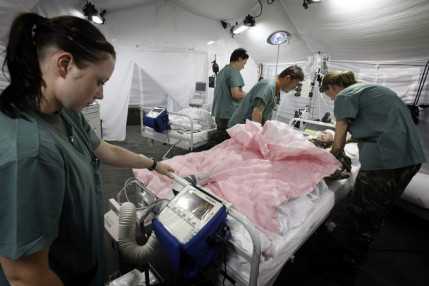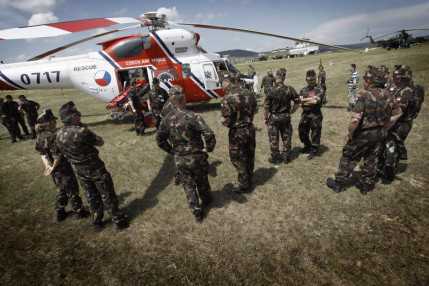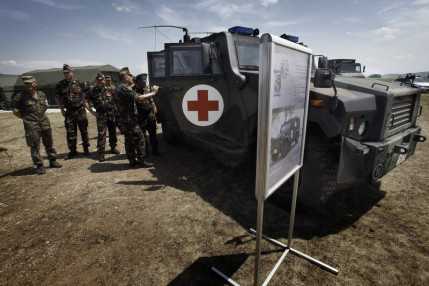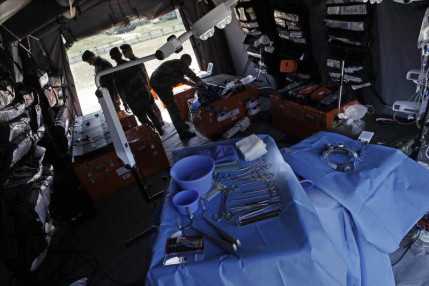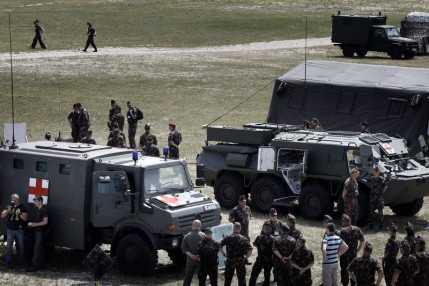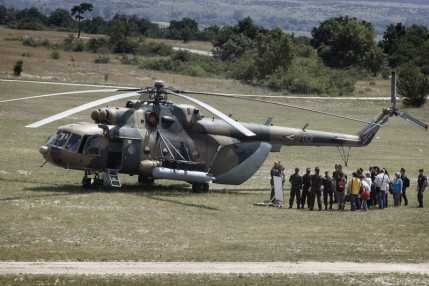Operating Room from Nothing – In Live Coverage
Szöveg: Gábor Kálmánfi | 2011. június 7. 13:51On June 6, Monday the professional day of the multinational military medical display “Vigorous Warrior 2011” was arranged on the zero point range. In addition to the nominated forces of the HDF Medical Service and several cooperating HDF units, Czech, French, Dutch and German subject matter experts (SME) in military medicine demonstrated their professional skills as well as the use of their equipment and – partly novel – techniques. Unlike in the case of the large-scale maneuvers of previous years, the correspondents of Zrínyi Média covered each phase of the capability demonstration live.
Galéria


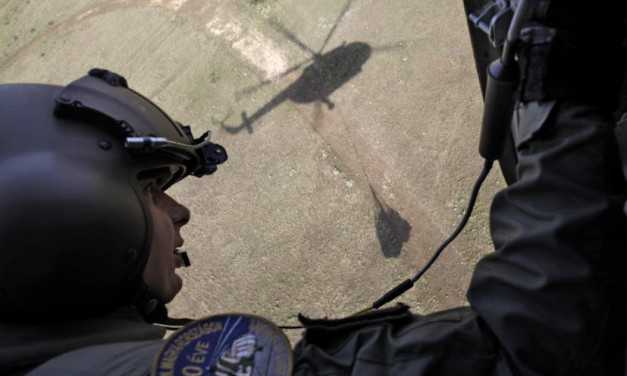



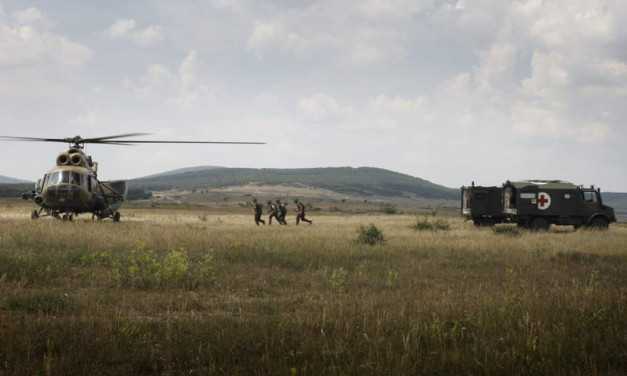





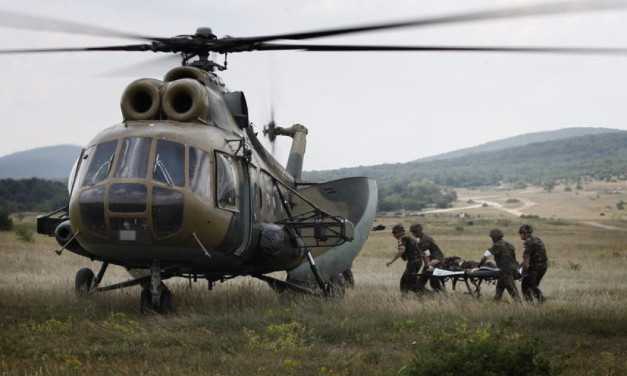













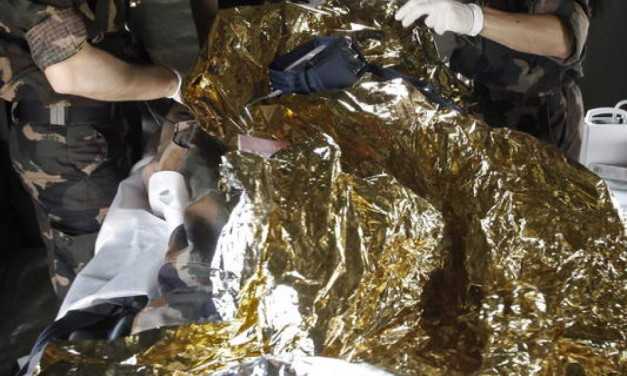


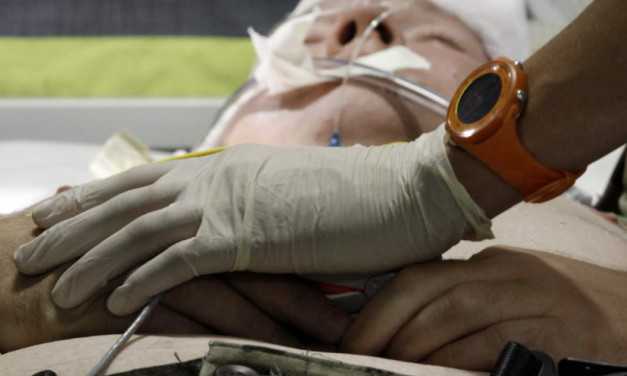


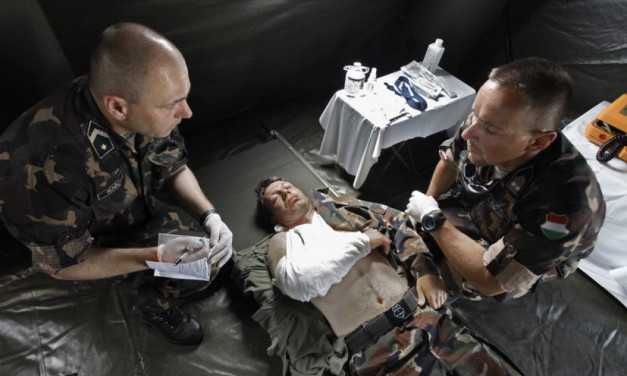






But let us not fast-forward too far. As Brig-Gen. (Med.) András Németh, the acting Chief of the MoD Defence Staff Medical Directorate and the commandant of the HDF Dr. György Radó Military Medical Centre told us, it was the representatives of the founding nations of the Hungary-based NATO Center of Excellence for Military Medicine (MILMED COE) that came up with the idea of the demonstration, which has a number of special aspects.
They intended to show in some form that treatment in military medicine is based on the same principles everywhere. The 35th plenary meeting of the NATO Committee of the Chiefs of Military Medical Services (COMEDS) in Hungary between June 6 and 10 provided an excellent venue for putting this idea into action.
The scenario of the exercise is a common one in wartime, but the aftermath of the events is what holds great interest. While executing its tasks, a unit comes under attack which results in a mass casualty situation with many troops having different injury severity scores (ISS).
It must be stressed that the principle of gradualism is a top priority in military health care. Stabilization of vital functions should always take precedence, which means that everything should be done to avert direct danger of death.
Afterwards, the injured personnel receive treatment on the ROLE-1 level (unit-level first medical care) medical treatment facility (MTF), then in a German-led, ROLE-2 level medical unit with high maneuverability, which is jointly operated by a German–Dutch–Hungarian staff.
Mention must be made of a special French module that made its debut on this occasion. This is in effect a forward surgical team (FST).
“Even though I have been working in the field of military medicine for 40 years, I was surprised to see this capability in action", Brig-Gen. (Med.) Dr. András Németh told us. “With around one ton of equipment on hand, the staff of this four-man FST is able to execute the tasks involved in what we know as surgical reinforcement of a ROLE-1 MTF. They are ready to perform life- and limb-saving surgery to the highest standards on the battlefield, after which the injured can be transported to a higher-level facility.
Turning to the technical equipment, which form a very important part of every operation, the Czech-made Sokol search and rescue (SAR) helicopter and the German MOWAG Eagle IV light armored ambulance were among the most interesting vehicles at the demonstration. Although the latter can transport only one patient, it facilitates all types of life-saving surgery while on the move.
“The dynamic demonstration has been a huge success" – this was the commander’s assessment of what went before. He added that they are very proud of their performance because a “multinational capability demonstration in military medicine" like this has not taken place before in the history of NATO.
The exercise is to be continued with a VIP day on Wednesday, June 8, when the same demonstration will take place in front of a different group of invitees who will of course have the opportunity to watch a “live coverage" again.
(Click on our gallery for more pictures!)
Photo: Veronika Dévényi
